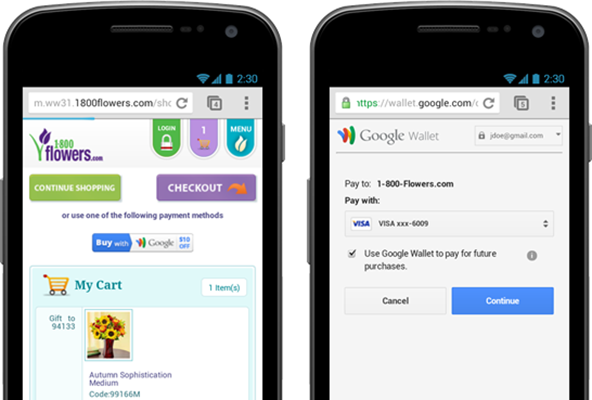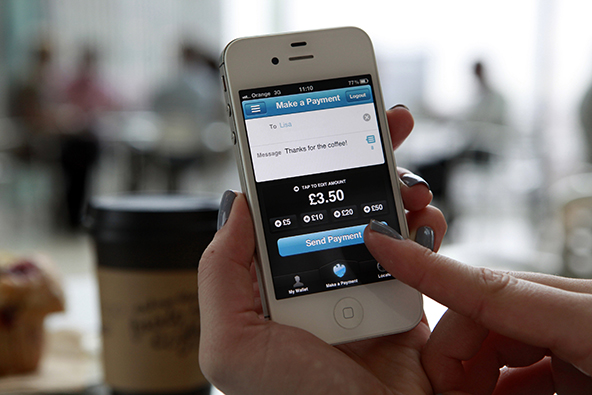Legislating Retailer Utopia: The Interchange Saga Continues

Shortly after the Federal Reserve capped debit interchange rates at 21?ó plus 0.05 percent of the transaction amount in 2011, a group of retailers, which included the National Association of Convenience Stores, the National Retail Federation and the National Restaurant Association, filed a lawsuit against the decision, arguing that the Fed had set the limit too high. “[T]he Fed allowed themselves to be influenced by the very banks they are supposed to regulate”, the plaintiffs argued, and “[i]n doing so, they literally gave away half the savings that could have been seen by merchants and their customers”. Well, on Wednesday, Judge Richard Leon of the U.S. District Court for the District of Columbia ruled in the retailers’ favor, concluding that the “[Federal Reserve] Board has clearly disregarded Congress’s statutory intent by inappropriately inflating all debit card transaction fees by billions of dollars and failing to provide merchants with multiple unaffiliated networks for each debit card transaction”. It is not clear whether the Federal Reserve will appeal the decision; if not, it will have to further reduce the debit interchange rates.
Needless to say, the retailers are rejoicing and telling everyone who would listen just how much better life now would be for small convenience stores and their customers, not to mention how much more equitable the world is about to become. One gets the distinct impression that once interchange fees are made “reasonable and proportional”, as the Durbin Amendment directed the Federal Reserve to ensure, all would be well in the world. But there is a problem: standing in the way of achieving the retailers’ utopia is reality. In November 2011, the Fed’s ruling to cut debit interchange by 45 percent went into effect. Yet, even as the retailers failed to pass any of the savings on to their customers, the affected banks raised fees on other financial services in an attempt to make up for lost revenues. One of the results was the disappearance of the free checking account and we should expect more of the same if the interchange fees are lowered even further.
But the most frustrating aspect of the interchange saga has been the pervasive misunderstanding of the matter by people who, three years after discussions began should have finally learned what this was all about. As a case in point, here is what the Associated Press is telling us in its commentary of Judge Leon’s decision:
The cap is the first-ever limit on debit card fees. Before it took effect in October 2011, banks had negotiated such fees with merchants. A big chain like Starbucks would likely get a better rate than a local coffee shop because it handles more customers.
This is very wrong and the problem is that many merchants have come to believe it. So I thought it was time for me to briefly review the history of debit cards and offer a breakdown of the merchants’ debit card processing fee structure.
The Rise of Debit
Debit cards were first introduced as a form of payment in the United States in the late-1960s and early-1970s. They enable consumers to pay for goods and services using cash that is drawn directly from their bank accounts, to which the cards are linked, and to withdraw cash back as part of the transaction. Before debit cards, consumers had to use paper checks for non-cash purchases or make in-person withdrawals from bank tellers.
As was the case with other forms of electronic payment, the volume of debit card transactions began to increase rapidly in the mid-1990s and the rise continued through the 2000s, eventually reaching approximately 37.9 billion transactions in 2009. By 2011, debit cards accounted for 35 percent of non-cash payment transactions and have now become the most frequently used non-cash payment method.
Debit Transaction Participants
Most debit card transactions involve five parties:
- The network that processes the transaction. The card network transmits consumer account information and authorization requests from the acquirer to the issuer and it returns a message to the acquirer either authorizing or declining the transaction. Additionally, the network facilitates the settlement of each transaction.
- The cardholder, who offers the debit card as a method of payment to a merchant.
- The card issuer, which manages the consumer’s account.
- The merchant, who accepts the consumer’s debit card for payment.
- The acquirer (the merchant bank), which receives the debit card transaction information from the merchant and facilitates the authorization, clearance and settlement of the transaction.
Debit Types
There are two types of debit card transactions: PIN (or “personal identification number”) and signature. In a PIN transaction, the cardholder enters a numerical code to authorize the transaction and the data is transmitted as a “single message” over a system that evolved from automated teller machine (“ATM”) networks.
In a signature transaction, on the other hand, the cardholder authorizes the transaction by signing a transaction receipt and the data is routed over a “dual-message” system, managed by one of the card networks. However, in certain environments (for example, e-commerce), a debit card transaction can be processed without either signature or PIN authorization.
The vast majority of debit cards support authentication by both PIN and signature and the choice of one or the other depends mostly on the type of the transaction and the merchant’s policy. The Federal Reserve estimates that only a quarter of the eight million merchants in the United States that accept debit cards have the ability to accept PIN transactions.
Debit Card Transaction Fees
There are several fees assessed to merchants for processing debit card transactions. The largest is the interchange fee, which is set by the debit card network and paid by the acquirer (the merchant bank) to the issuer to compensate the latter for its role in the transaction. The network also charges acquirers and issuers a switch fee to cover its own transaction-processing costs. For each transaction, the acquirer credits the merchant’s account for the transaction’s value, less a “merchant discount”, which is the sum of the interchange fee, network switch fees charged to the acquirer, any other acquirer costs, and the acquirer’s own mark-up.
This is the part that so many commentators get wrong, including the one who wrote the aforementioned AP piece. Note that the interchange fees, which are the subject of the Durbin Amendment and the retailers’ suit, have never been up for negotiation between the merchants and their acquirers, as the parties that set them (or used to do it, anyway) are the card networks, which take no part in the negotiations. Moreover, the interchange rates are the same for Starbucks and your local coffee store. What could be negotiated was the acquirer’s mark-up. That is still the case and the only difference now is that the interchange rates are now much lower.
However, if a merchant has signed up for a “flat rate”, the decrease of the interchange fee would have had no effect on it. For example, Square charged a flat 2.75-percent fee on swiped transactions both before and after the interchange reform took effect in November 2011, and it still does. In that case, the difference between the higher (old) interchange rate and the lower (new) one is pocketed by Square.
The Takeaway
I wish we had better reporting on the interchange issue in the mainstream media, but years of experience have thought me that this is unlikely to happen anytime soon. It is so much easier to just rile against the evil and greedy credit card companies and to talk about savings being passed on to little mom-and-pop stores and their customers. Whether this is true or not seems to be irrelevant.
Image credit: Flickr / Neil T.



There is a very simple solution. Just incorporate an adjustment for a lower transaction fee for small-ticket debit (like they still have for cc transactions). It’s the one thing the horrible Durbin Amendment left out.